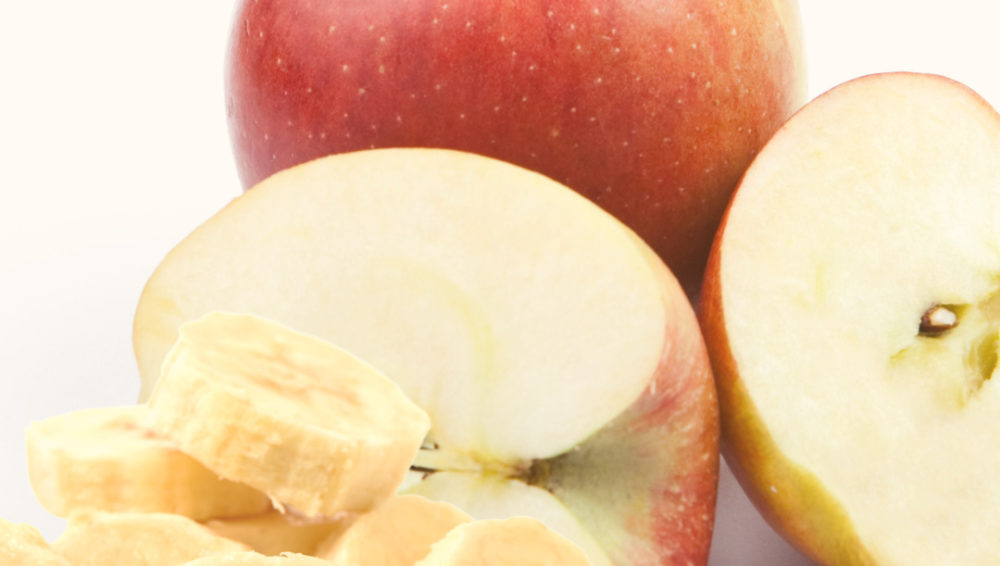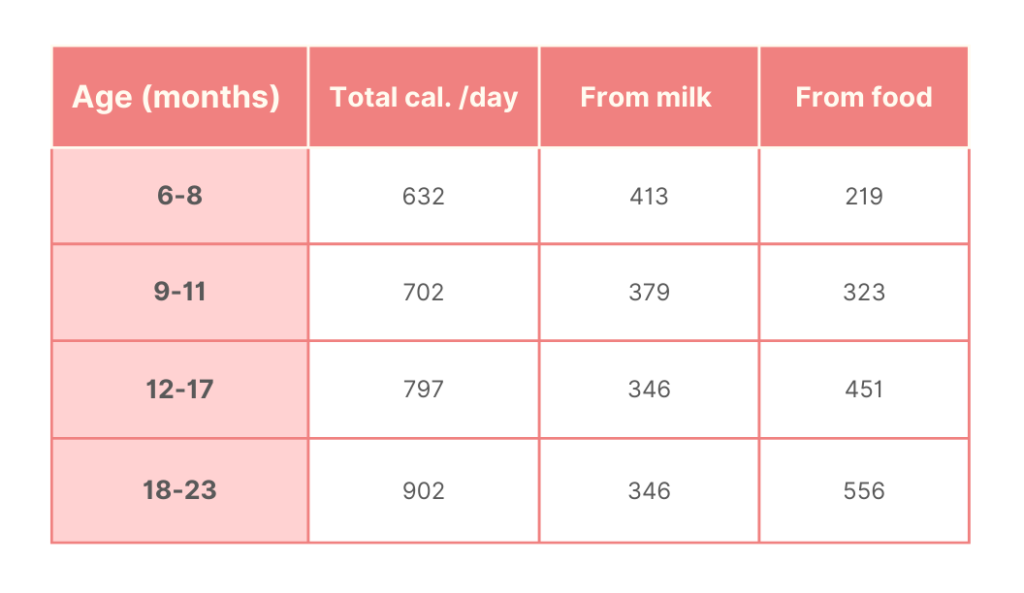Baby recipes: apples and bananas

Apples and bananas are full of potassium and fiber, which are important nutrients for Your Child’s overall health and development.
Recommended recipe: apple banana oatmeal
This recipe makes a quick, easy, and tasty breakfast.
Ingredients
- 1/4 apple
- 1/2 banana
- 1 tbsp rolled oats
- 2 tbsp water
Recipe
- Put the oats into a pot with water and bring to a boil over high heat
- Peel and chop the apple, then add it to the pot. Continue cooking until the apple softens
- Mash the banana and add it to the cooked apple and oatmeal
- Place all ingredients in a blender and blend. Add water until you reach the desired consistency.
You can serve apple banana oatmeal to Your Child once the little one is familiar with all the ingredients.
Why are they good for Your Child?
The potassium in bananas is important to Your Child’s heart and nerves. They also contain a wide variety of vitamins and minerals and have plenty of fiber. Apples are a good source of vitamin C, which is important for the development and maintenance of healthy skin, bones, and connective tissue. Additionally, the fiber in both fruits can help with digestion and prevent constipation.
What to consider
Both fruits are high in sugar, and too much sugar can be harmful to children’s brain development.
When can Your Child start eating apples and bananas?
You can serve Your Child both fruits as early as the age of six months. They are easy to chew and swallow, making them a good choice for babies.
Apples and bananas recipes
- Puree apples and bananas: cut your bananas into slices and apples into cubes. Steam both fruits together until the apples are soft. Then blend both ingredients until you reach the desired consistency. At this point, if Your Child is used to chewing, you can mash the ingredients with a fork to leave in some lumps
- Apples and bananas slices: if you want Your Child to hold and feed themselves (baby-led-weaning), cut the apple and bananas into thin slices or small pieces that are easy for the little one to pick up and chew. Make sure to peel and remove seeds thoroughly
How much should Your Child eat?
WHO recommends that infants start receiving complementary foods at 6 months of age in addition to breast milk or formula. Initially, they should receive complementary foods 2–3 times a day between 6–8 months.
The daily calories distribution between milk and solid food are as follows:

Introducing new food
Try to introduce the food when Your Child is hungry, and try to keep it to one ingredient at a time to spot any allergic reactions. Learn more about introduction to solid food here.
Caution
If you do baby-led-weaning, make sure you know everything about the method, including knowing the difference between gagging and choking, and knowing what to do in case of an emergency.



